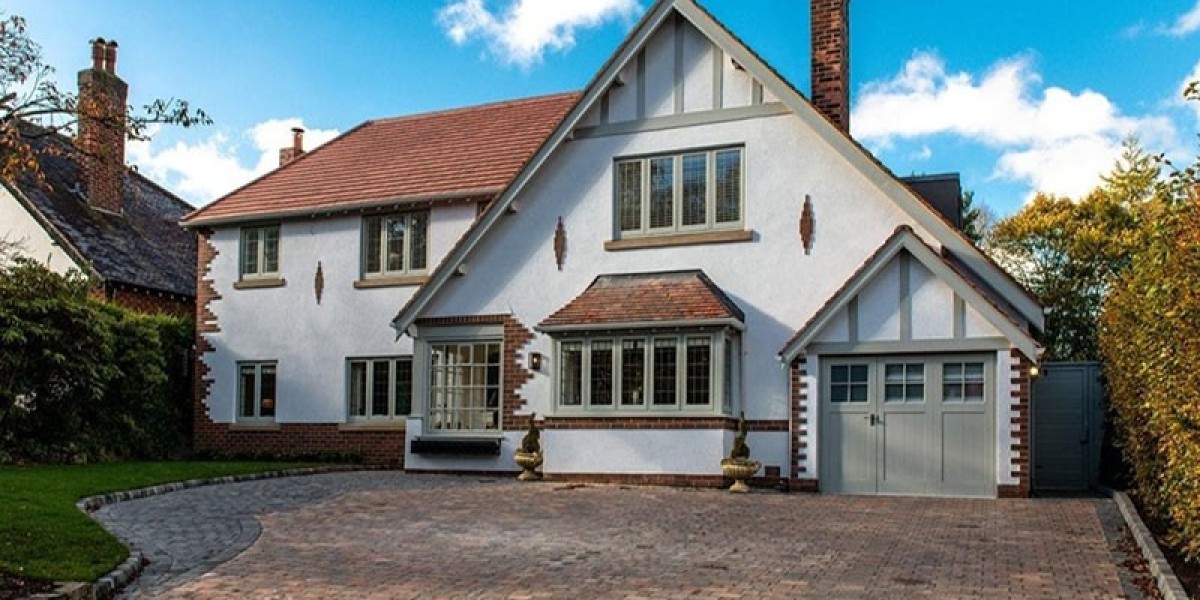Introduction
Bifold doors, also known as folding doors, are an increasingly popular choice for both residential and commercial spaces due to their ability to create a seamless transition between indoor and outdoor environments. They are particularly favored for patios, balconies, and large openings where maximizing natural light and accessibility is desired. This report provides a detailed overview of bifold door installation, including types, materials, tools required, step-by-step installation procedures, and maintenance tips.
Types of Bifold Doors
Bifold doors can be categorized based on their materials and configurations:
- Materials:
- Aluminum: Lightweight and durable, aluminum bifold doors are resistant to corrosion and require minimal maintenance.
- uPVC: A cost-effective option that provides good insulation and is resistant to weathering.
- Composite: Combines materials for enhanced durability and aesthetics.
- Configurations:
- Multi-panel bifold doors: Ideal for larger spaces, allowing for a wider opening.
Tools and Materials Required
Before starting the installation, it is crucial to gather the necessary tools and materials:
Tools:
- Measuring tape
- Level
- Screwdriver (Phillips and flathead)
- Drill and drill bits
- Circular saw or miter saw
- Hammer
- Pry bar
- Caulking gun
- Safety glasses and gloves
- Bifold door kit (includes panels, tracks, and hardware)
- Shims
- Wood screws
- Weather stripping
- Caulk
Step-by-Step Installation Procedure
Step 1: Preparation
- Measure the Opening: Accurately measure the width and height of the door opening. Ensure that the measurements are consistent at the top, middle, and bottom of the opening.
- Choose the Right Door Size: Select a bifold door that fits the measurements. It is advisable to purchase a door that is slightly smaller than the opening to allow for adjustments.
- Gather Materials: Ensure all tools and materials are on hand before starting the installation.
Step 2: Remove Old Door (If Applicable)
If replacing an existing door, carefully remove it by unscrewing the hinges and taking down the frame. Use a pry bar if necessary to detach the frame from the wall.

Step 3: Install the Track
- Mark the Track Position: Use a level to mark a straight line on the wall where the top track will be installed. The track should be positioned about 1/2 inch above the door opening.
- Install the Top Track: Secure the top track to the wall using screws. Ensure it is level to allow smooth operation of the bifold doors.
Step 4: Prepare the Door Panels
- Attach Hinges: Depending on the design, attach the hinges to the door panels as per the manufacturer’s instructions.
- Install Bottom Track: Mark and install the bottom track on the floor, ensuring it aligns with the top track. Use a level to confirm proper alignment.
Step 5: Hang the Door Panels
- Position the Panels: Lift the first door panel into place by inserting the top pivots into the top track.
- Secure the Bottom: Align the bottom pivot with the bottom track and secure it in place.
- Repeat for Additional Panels: Continue to position and secure each additional panel in the same manner.
Step 6: Adjust the Doors
- Check Alignment: Ensure all panels are aligned and operate smoothly. Adjust the hinges and pivots as necessary to correct any misalignment.
- Install the Handle: Attach the handle to the main door panel, following the manufacturer’s guidelines.
Step 7: Seal and Finish
- Weather Stripping: Install weather stripping around the edges of the door frame to enhance insulation and prevent drafts.
- Caulking: Apply caulk around the edges of the frame to seal any gaps, ensuring a finished look and improved energy efficiency.
- Final Inspection: Open and close the bifold doors several times to ensure they operate smoothly. Make any final adjustments as needed.
Maintenance Tips
To ensure longevity and optimal performance of bifold doors, regular maintenance is essential:
- Cleaning: Regularly clean the door panels and tracks to remove dust, dirt, and debris. Use a mild detergent and water solution for cleaning.
- Lubrication: Periodically lubricate the hinges and tracks with a silicone-based lubricant to ensure smooth operation.
- Inspection: Regularly inspect the door for any signs of wear, damage, or misalignment. Address any issues immediately to prevent further damage.
- Weather Stripping: Check the weather stripping for wear and replace it as needed to maintain energy efficiency.
Conclusion
Bifold door installation can enhance the aesthetic appeal and functionality of a space, providing a modern solution for large openings. By understanding the types of bifold doors available, gathering the necessary tools and materials, and following a systematic installation process, homeowners and contractors can achieve a successful installation. Regular maintenance is key to ensuring the doors operate smoothly and remain in good condition for years to come. With the right approach, bifold Doors (visit the up coming internet site) can significantly improve the livability and aesthetic appeal of any home or commercial space.









